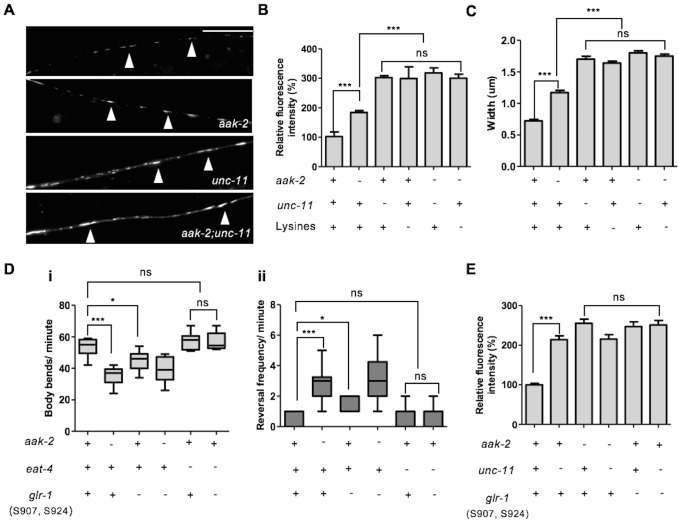Figure 6. AMPK directly regulates GLR-1 abundance through endocytic pathway.
(A) Representative images of [Pglr-1::glr-1::gfp] in the ventral nerve cord in starved WT, aak-2, unc-11 and aak-2; unc-11 mutants. Scale bars are 10 μm. (B,C) Similar to starved aak-2 mutants, GLR-1::GFP level (B) and puncta width (C) are increased upon removal of unc-11 or mutation of four lysines required for GLR-1 ubiquitination and endocytosis [Pglr-1::glr-1(4KR)::gfp]. Increased GLR-1::GFP level and enhanced puncta width are not further enhanced upon depletion of aak-2 in GLR-1 endocytosis defective mutants (n>25), Error bars represent ± SEM (one-way ANOVA ***p<0.0001). (D) Mutating AMPK phosphorylation sites S907 and S924 to non-phosphorylable alanine residues present in the cytoplasmic domain of GLR-1 (S907A, S924A) results in increased reversal frequency compounded with reduced forward locomotion and this defect can be rescued by introducing eat-4 mutations (n>10), (one-way ANOVA *p<0.05, **p<0.001, ***p<0.0001). In the box and whisker plots the central line is the median, the edges of the box are the 25th and 75th percentiles, and the whiskers extend to the most extreme data points. (E) Expression of the non-phosphorylable variant of [Pnpr-9::glr-1(S907A, S924A)::gfp] results in increased GLR-1::GFP level in the AIB neuronal process and it is not further increased upon disruption of endocytosis in unc-11 mutants. At least 3 transgenic lines expressing non-phosphorylable variant of GLR-1 (S907A, S924A) were separately examined for this experiment (n>15), Error bars represent ± SEM (one-way ANOVA ***p<0.0001).
DOI: http://dx.doi.org/10.7554/eLife.16349.026

